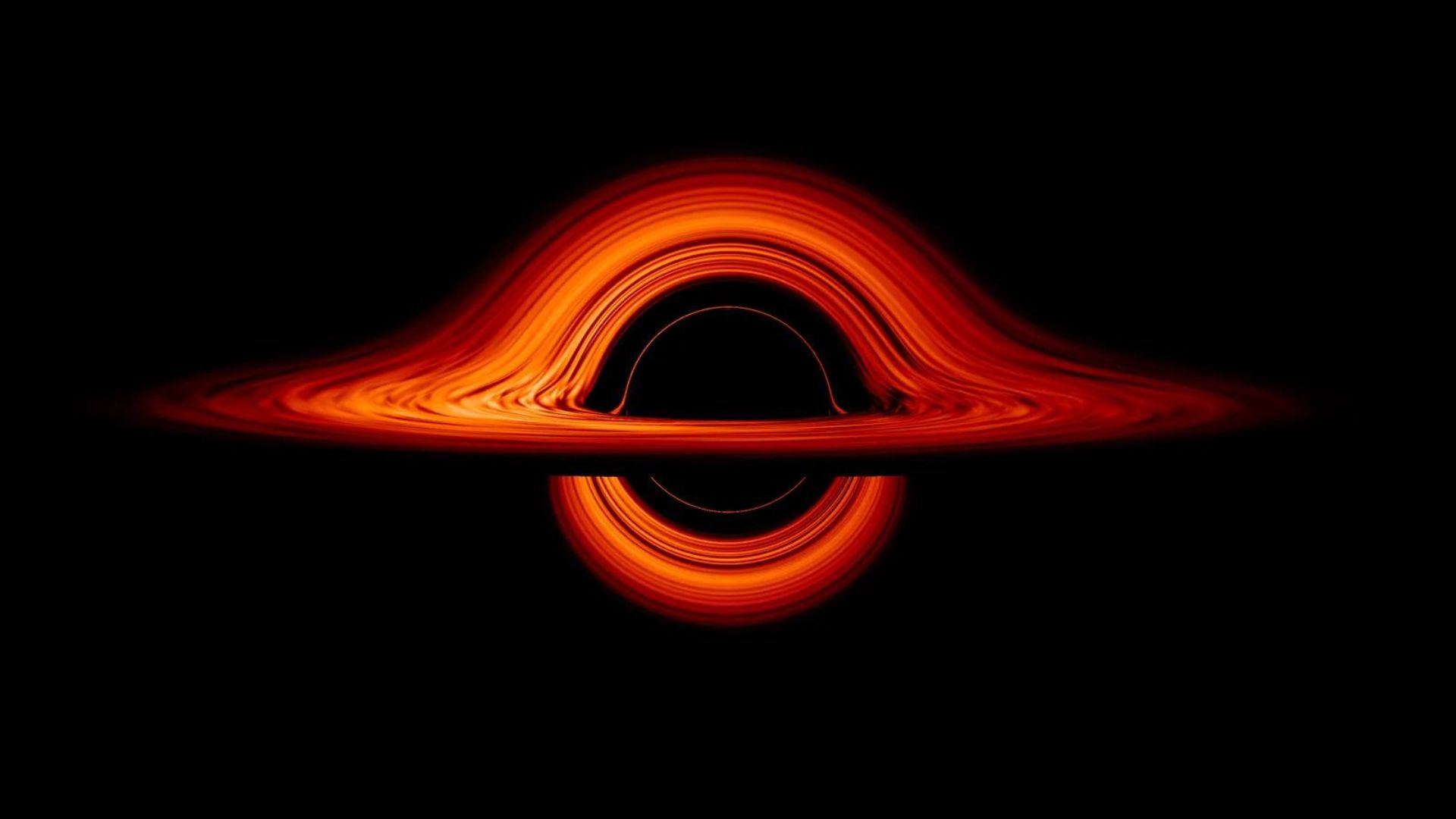Scientists have discovered that rarely found intermediate-mass black holes may have formed in dense star clusters. Known as “globular clusters”, these bodies are filled with tens of thousands to millions of tightly packed stars.
In comparison with the Sun, the mass of an intermediate black hole is somewhere between 100 and 10,000 times that of the sun. These are heavier even when compared to solar-mass black holes. These are the ones (the latter) whose mass ranges from 10 and 100 solar masses, which makes them lighter when compared to supermassive black holes.
Again, the super gigantic black holes are the ones which usually have a mass which is equal to millions or even billions of suns combined together! The astronomers share that these cosmic folks were pretty rare in 2012.
How then are the intermediate-mass black holes formed? The ones whose mass is around 1,300 times that of the sun? Let’s find out!
Formation of intermediate-mass black holes
Truth be told, it’s always been a mystery as to how the intermediate-mass black holes are actually formed. Scientists say that these mass black holes occur when there is a collapse of the massive stars. Along with that the growth of supermassive black holes also happens when there are subsequent merging of black holes which are larger.
Astronomers further opine that it’s pretty hard and rare to encounter those stars which are huge in size and can form a black hole. This experiment showcased that a molecular cloud which was really dense consisted of globular clusters which might have created huge stars which can collapse and release an intermediate-mass black hole.
Previous observations have suggested that some massive star clusters, globular clusters, host an intermediate-mass black hole,” team leader and University of Tokyo scientist Michiko Fujii said in a statement. “So far, there has been no strong theoretical evidence to show the existence of intermediate-mass black hole with 1,000 to 10,000 solar masses compared to less massive (stellar mass) and more massive (supermassive) ones.”
But, what about the birthplace of the black holes? Is it warm and comfortable or chaotic?
Examining the birthplace of the blackholes
Researchers say that star formation is mostly not very comfortable and cozy. These stars are mostly densely packed and live in extreme chaos and turmoil. The differences in density can cause the stars to merge and collide. This process is pretty hectic and can increase their gravitational influences, and gradually causing more and more mergers.
“We, for the first time, successfully performed numerical simulations of globular cluster formation, modeling individual stars,” Fujii said. “By resolving individual stars with a realistic mass for each, we could reconstruct the collisions of stars in a tightly packed environment. For these simulations, we have developed a novel simulation code in which we could integrate millions of stars with high accuracy” she added in the statement.
Talking about the upcoming plans Fuji shared that she and her team’s final goal is to simulate entire galaxies by resolving entire stars. “It is still difficult to simulate Milky Way-size galaxies by resolving individual stars using currently available supercomputers. However, it would be possible to simulate smaller galaxies such as dwarf galaxies” she concluded.
ABOUT THE EDITOR
Gairika Mitra Gairika is a technology nerd, an introvert, and an avid reader. Lock her up in a room full of books, and you’ll never hear her complain.

Dr. Thomas Hughes is a UK-based scientist and science communicator who makes complex topics accessible to readers. His articles explore breakthroughs in various scientific disciplines, from space exploration to cutting-edge research.







